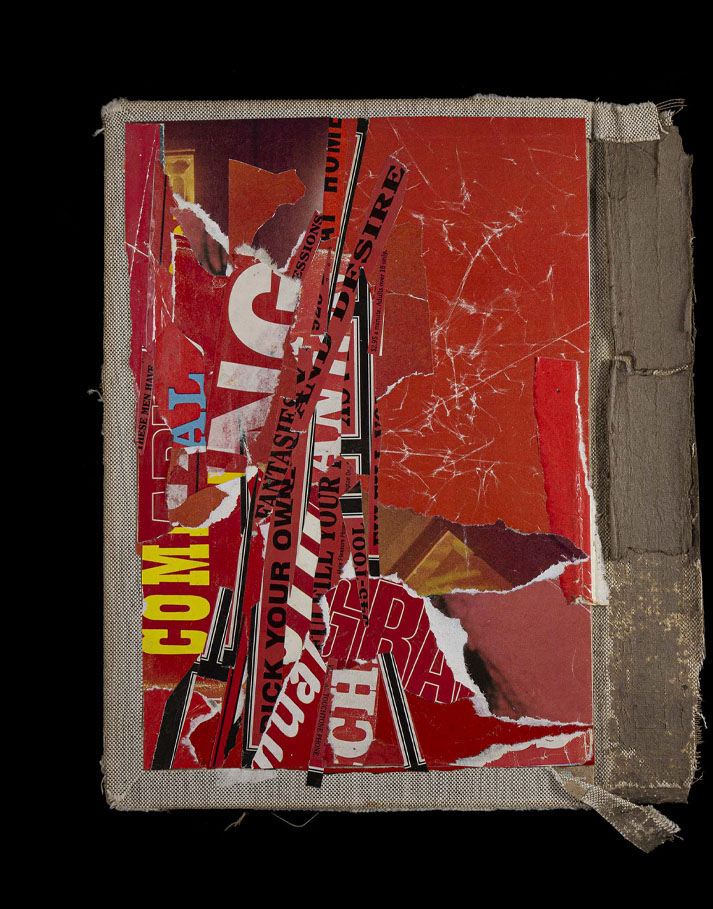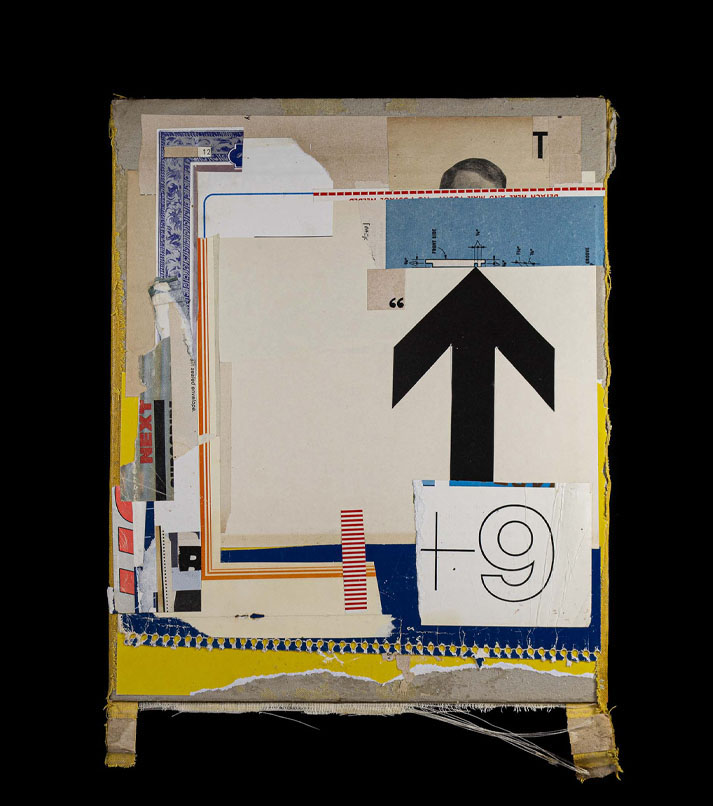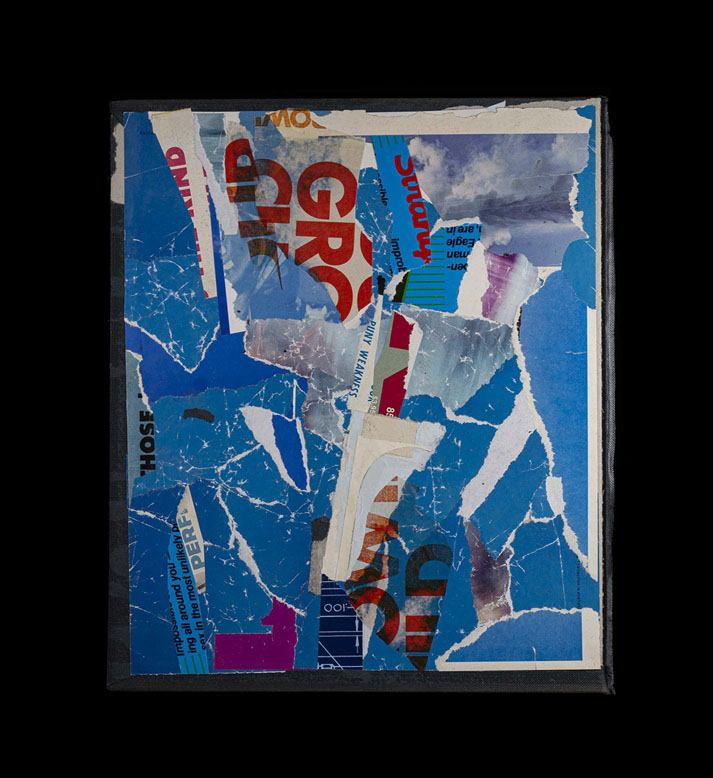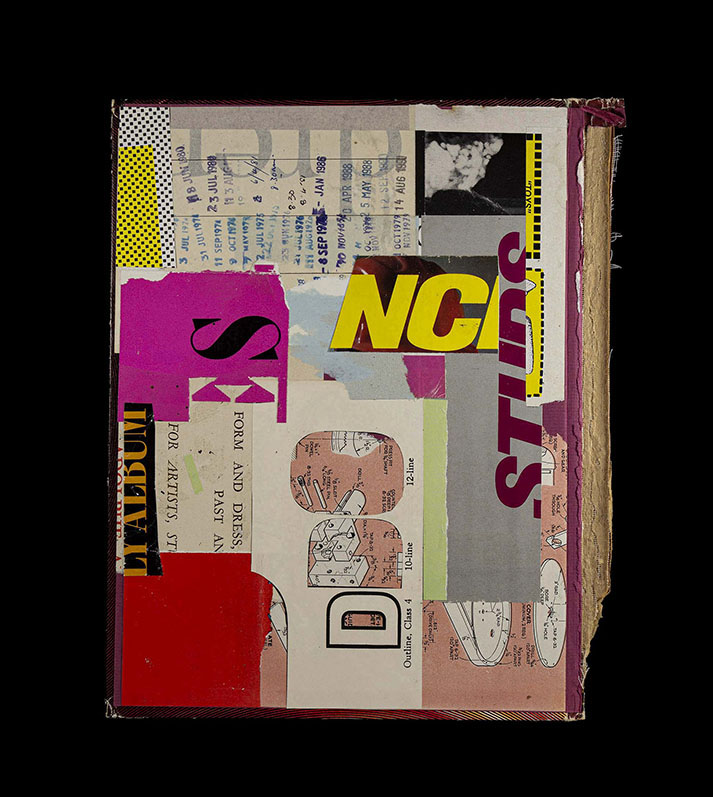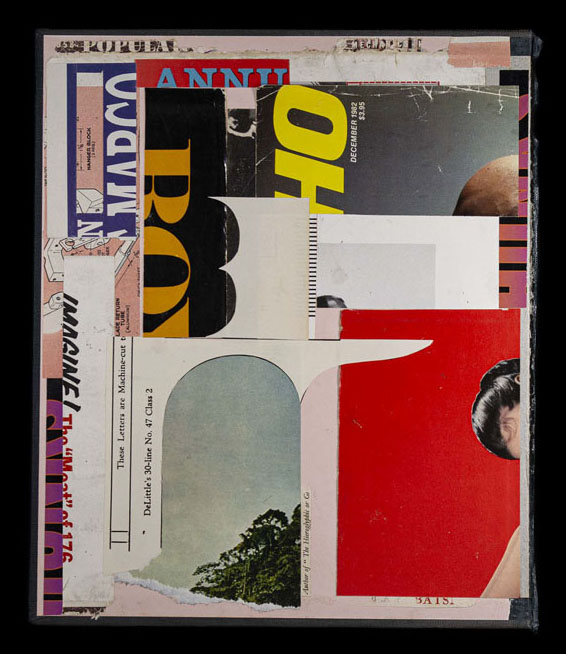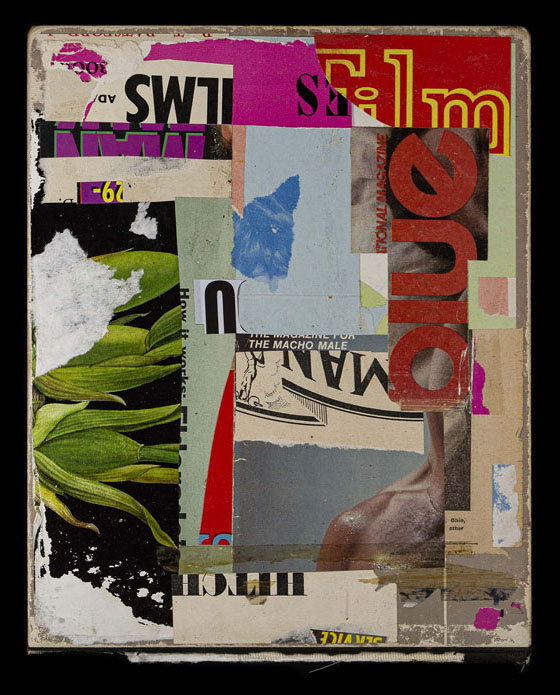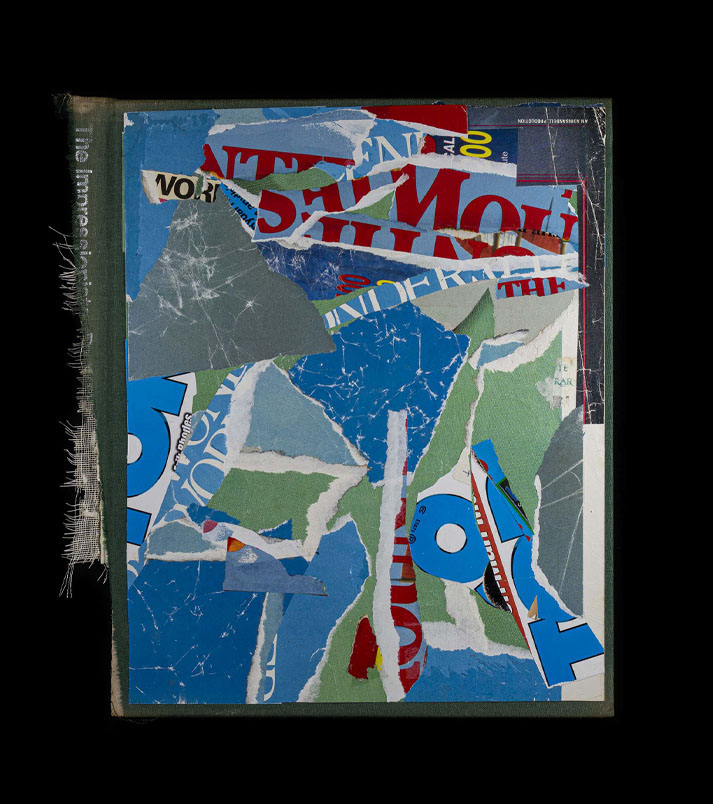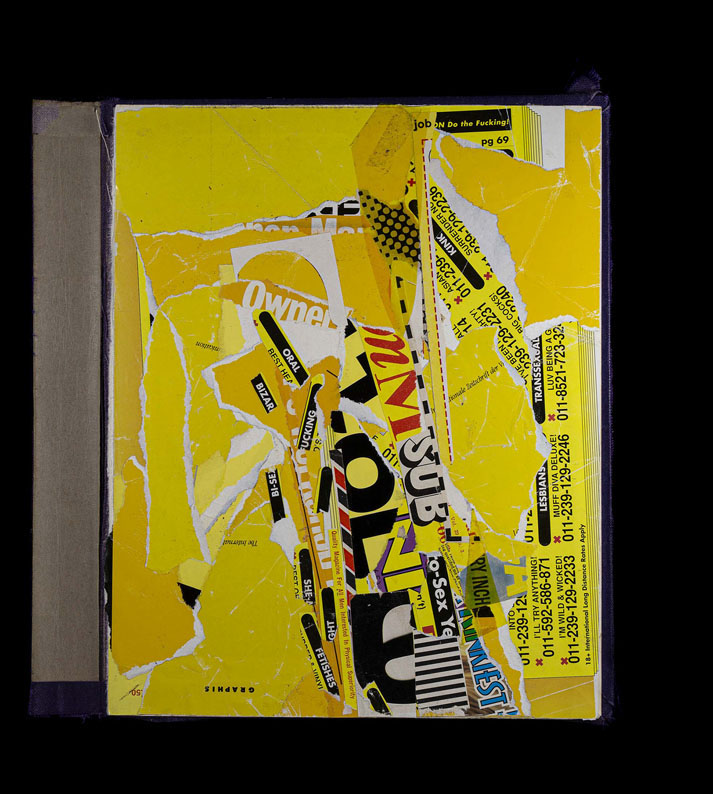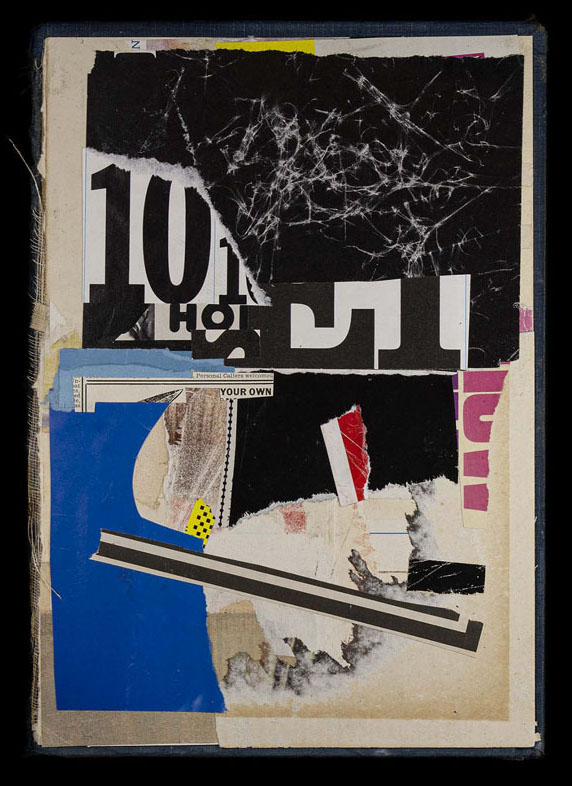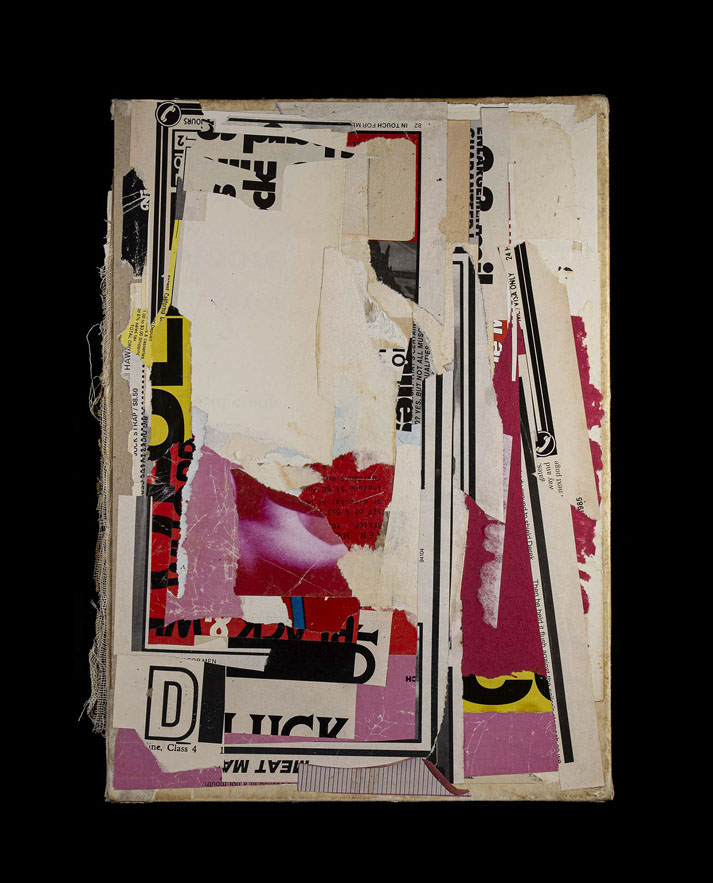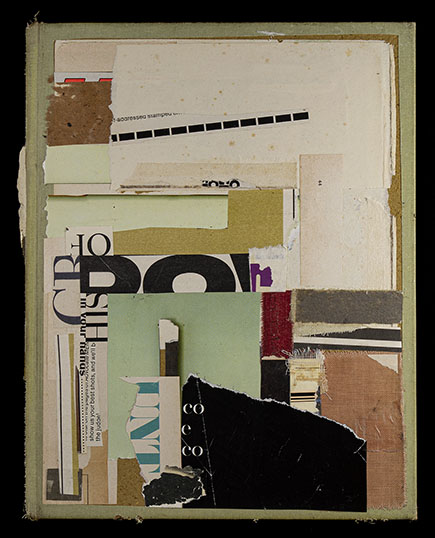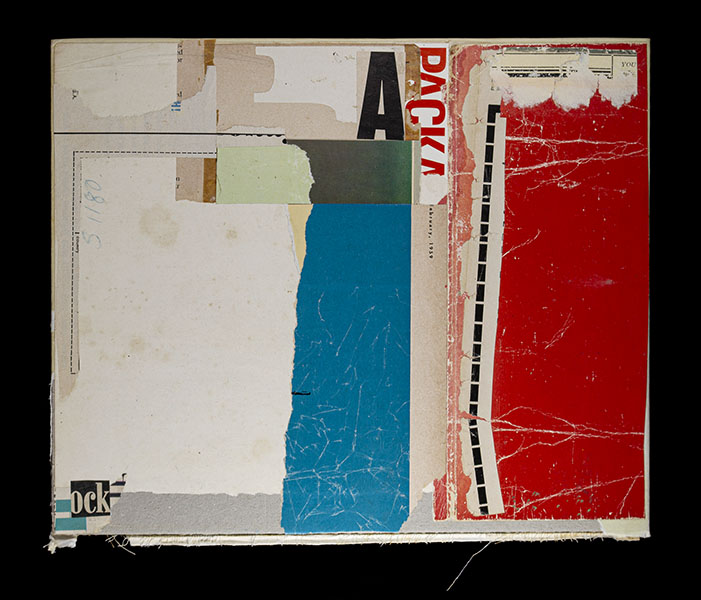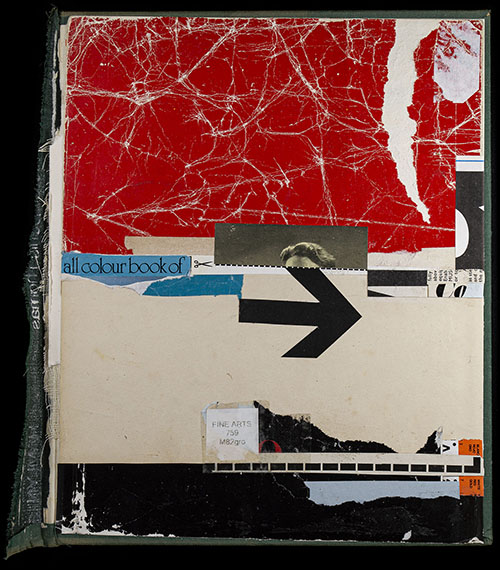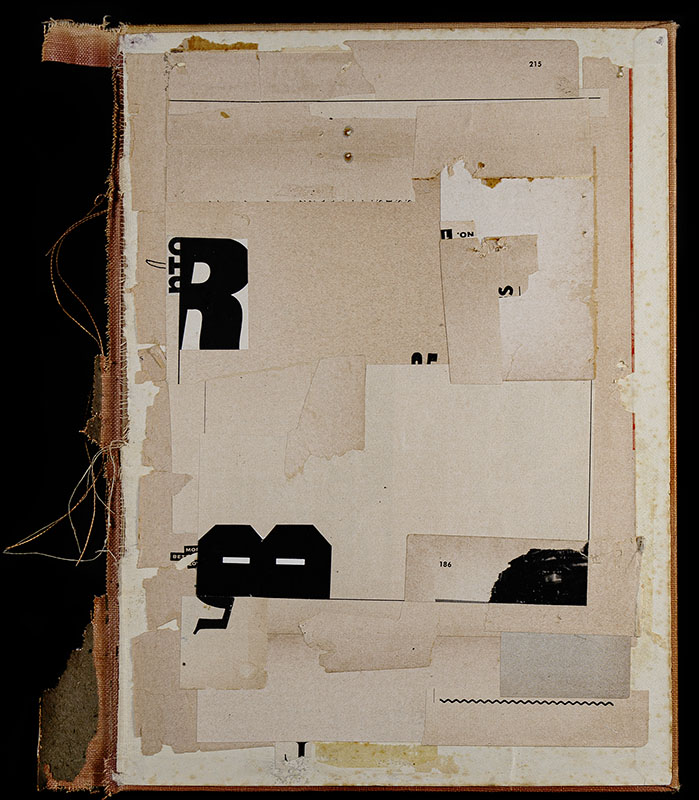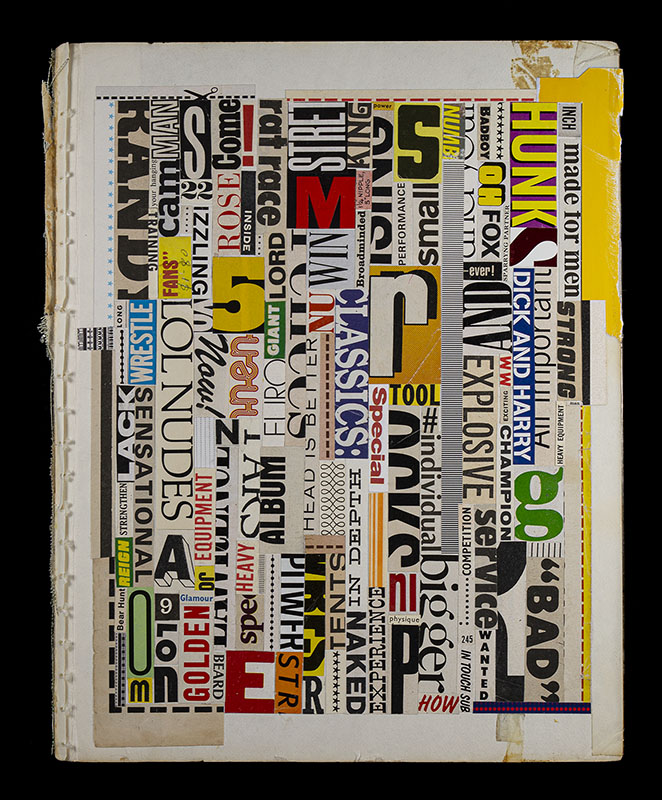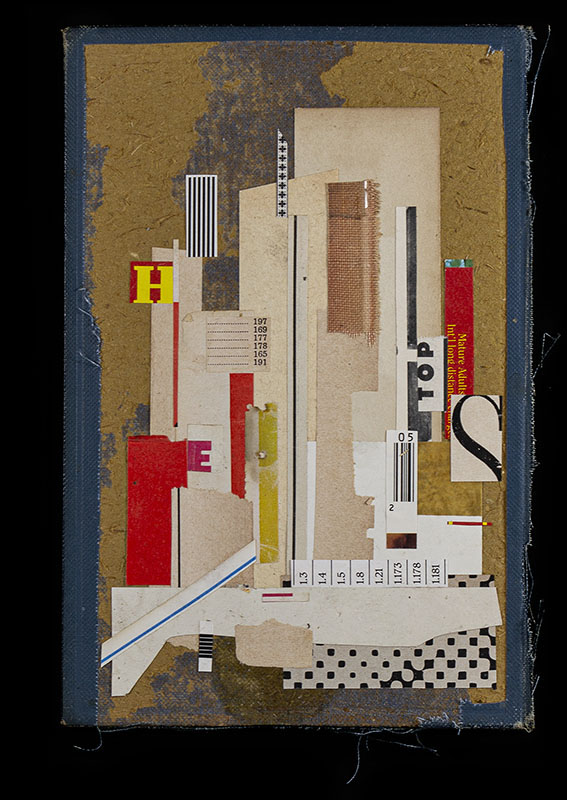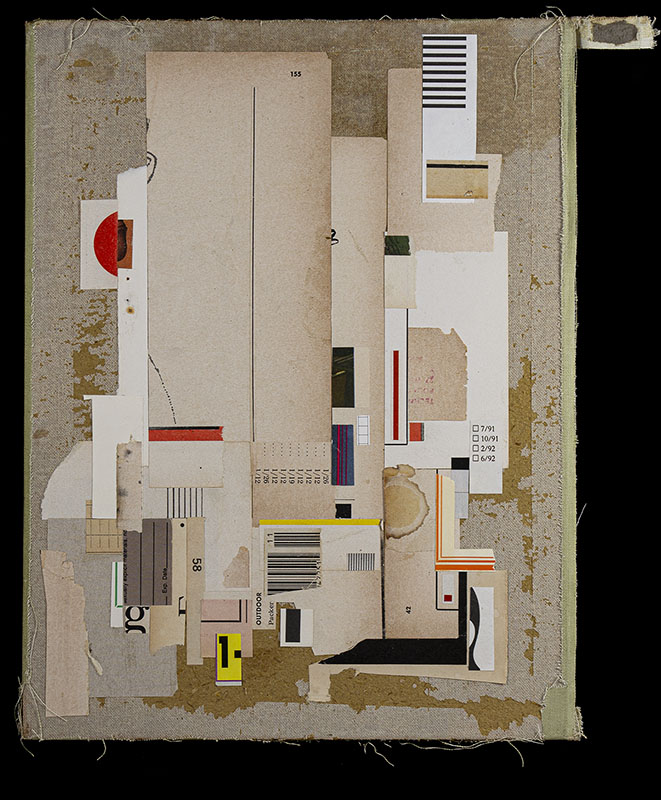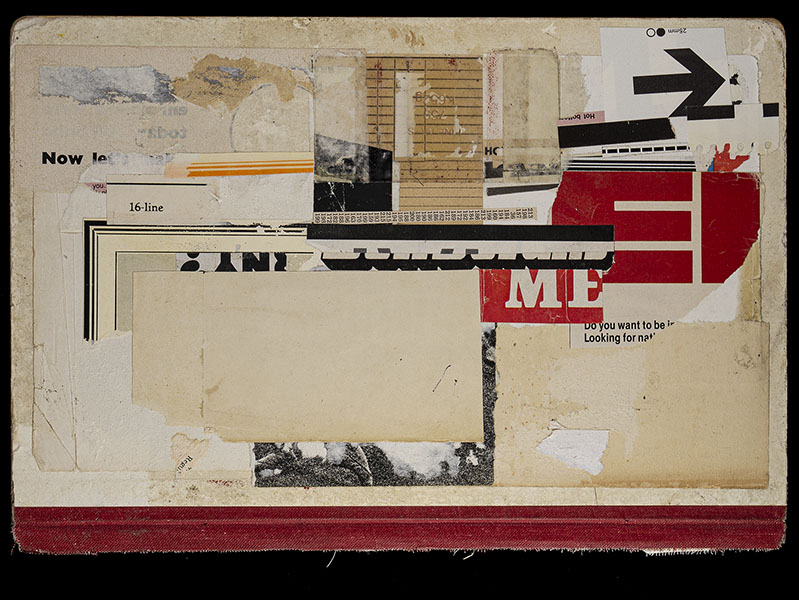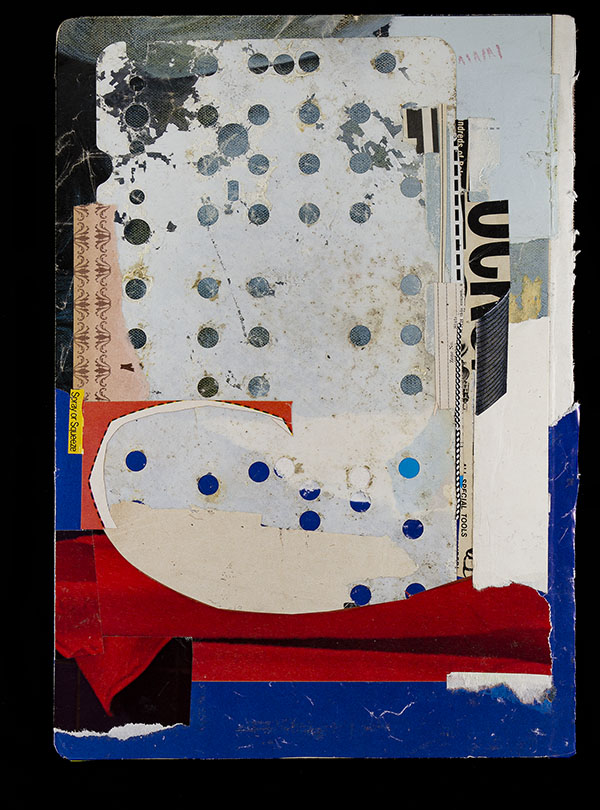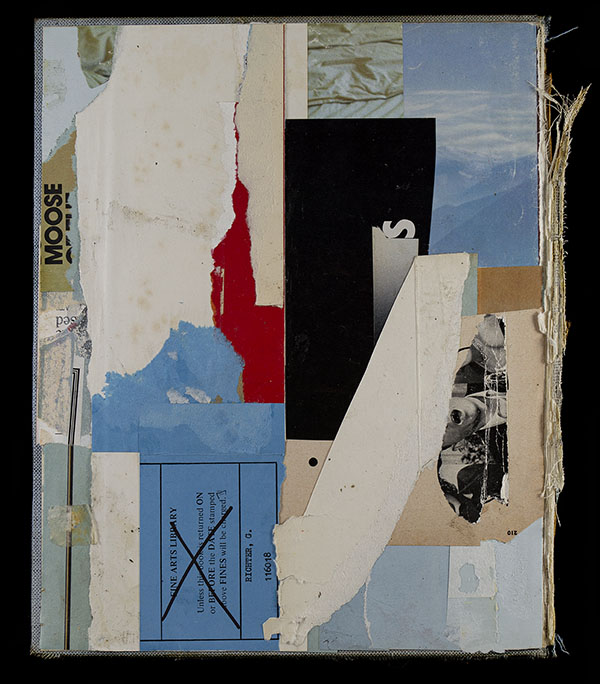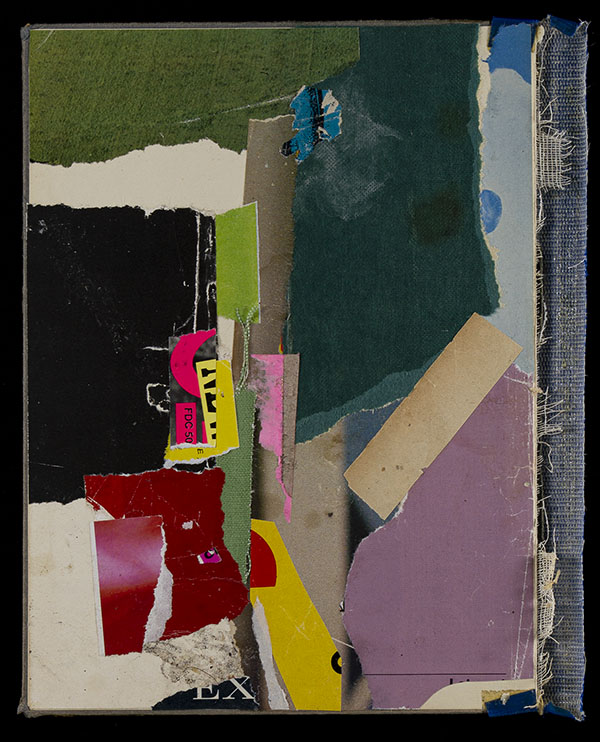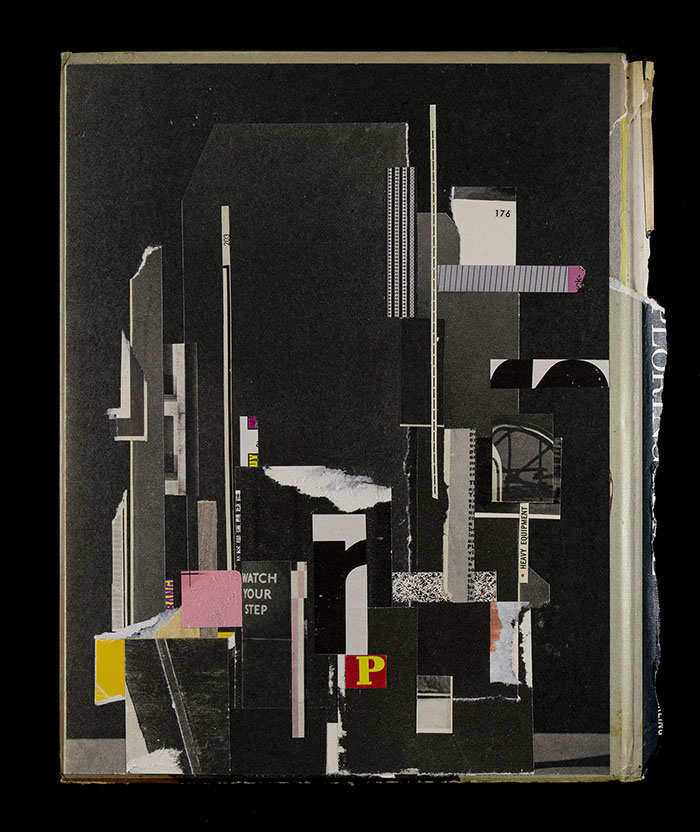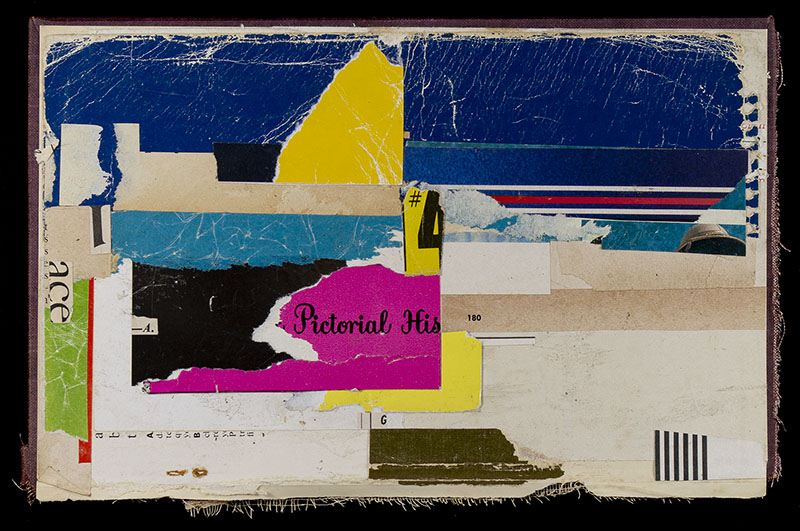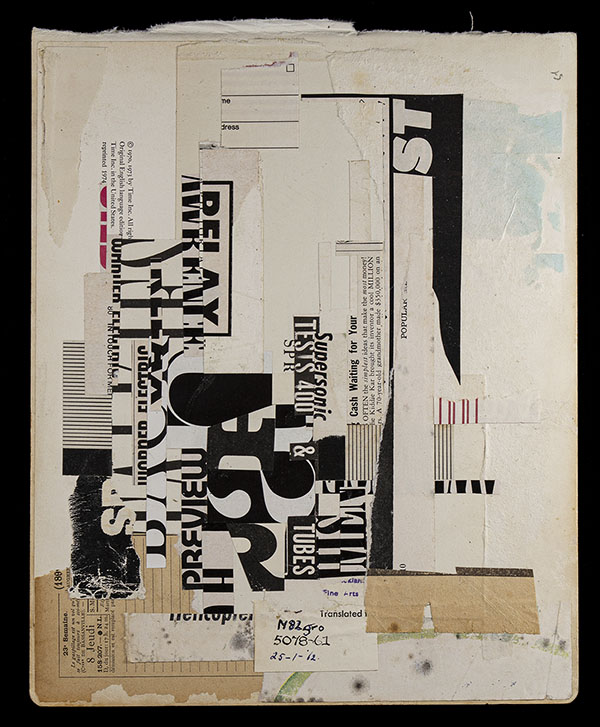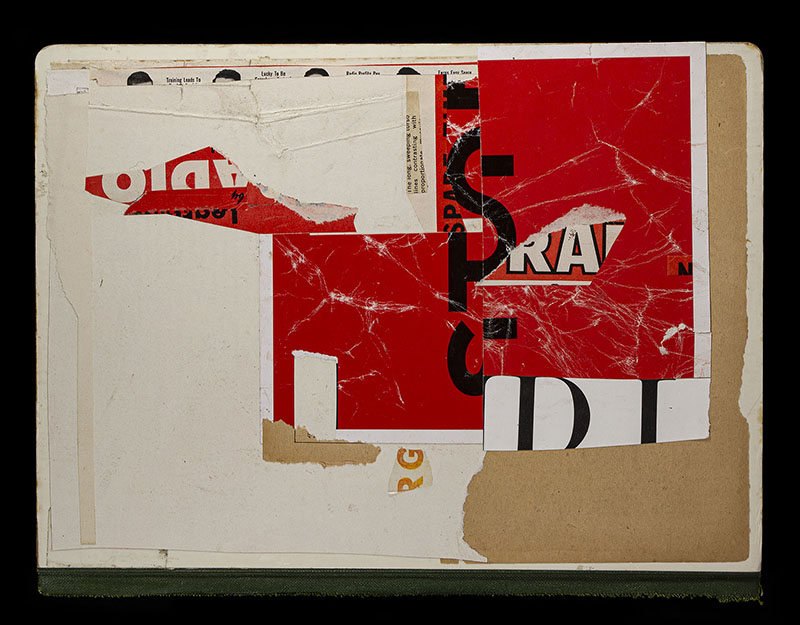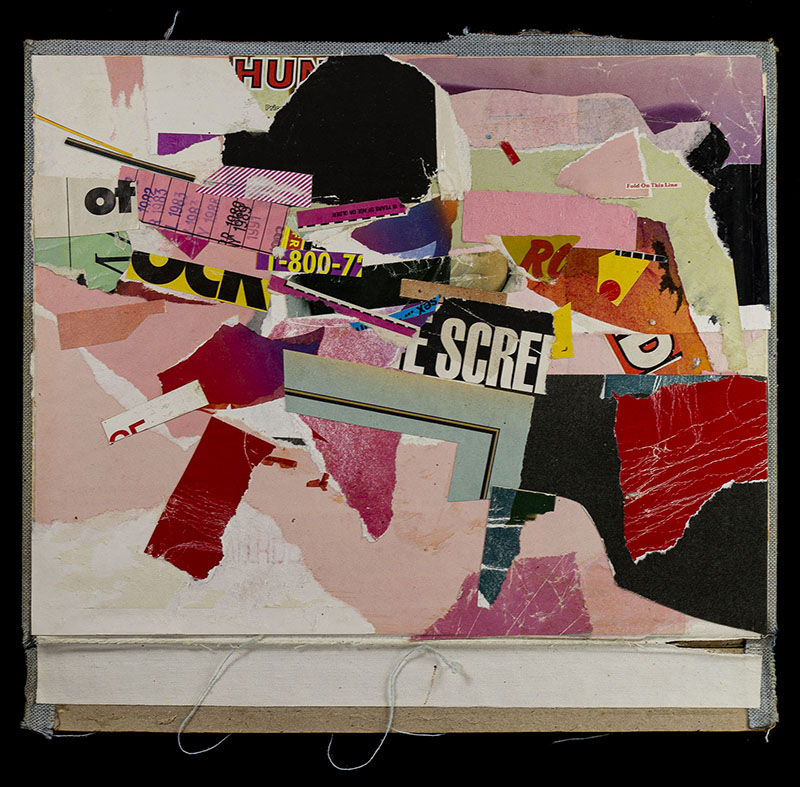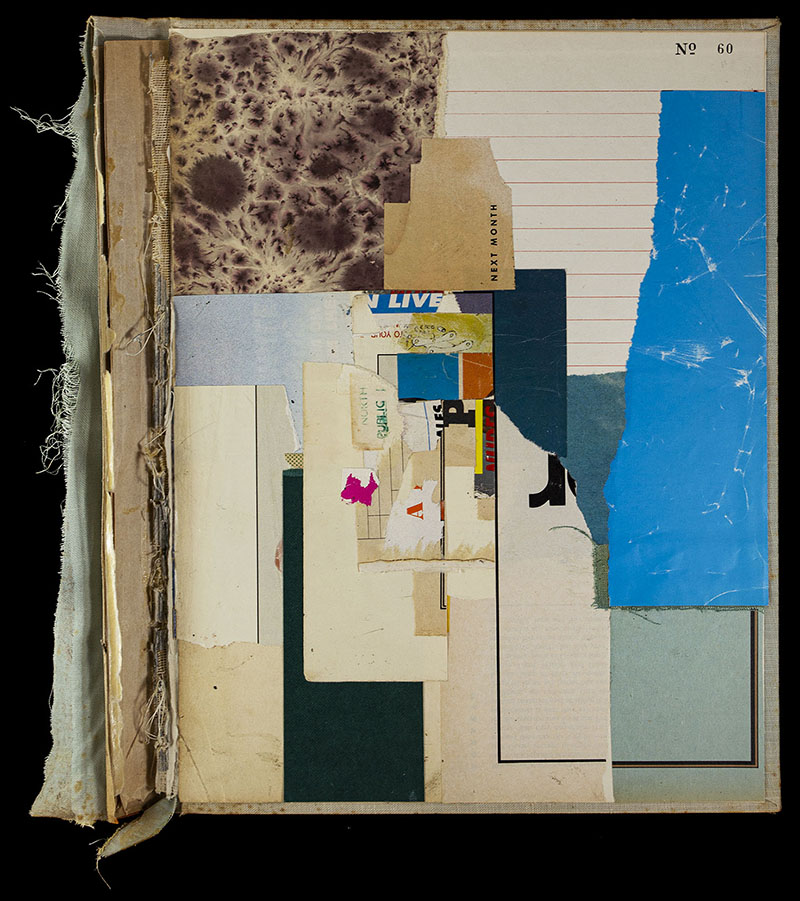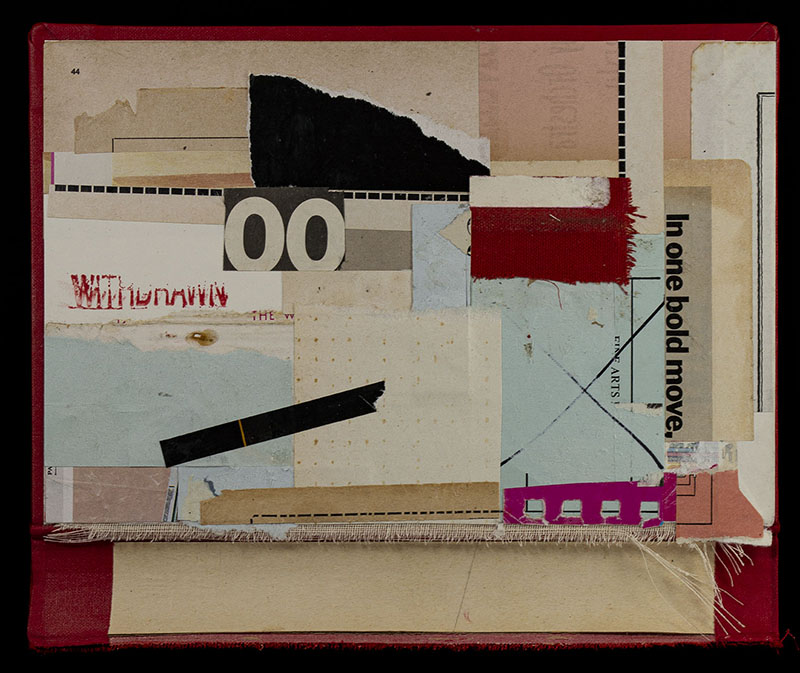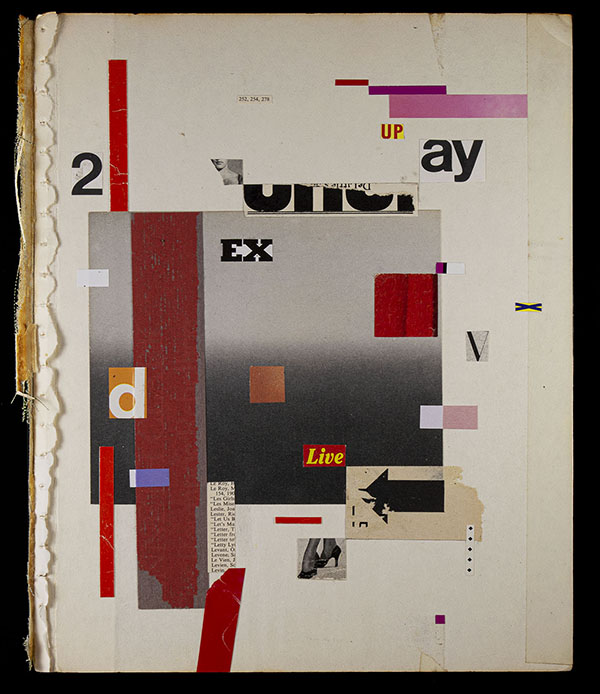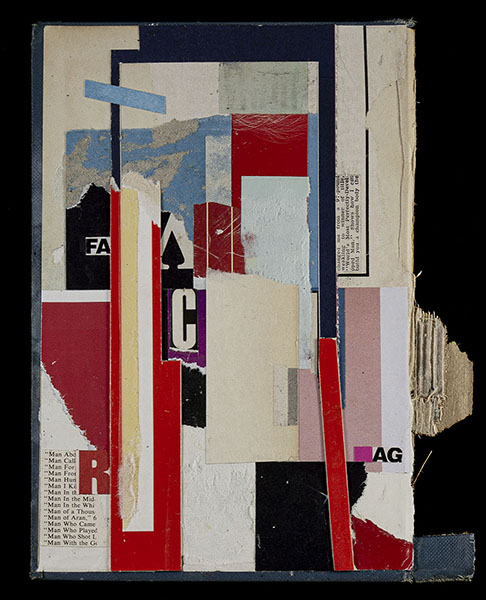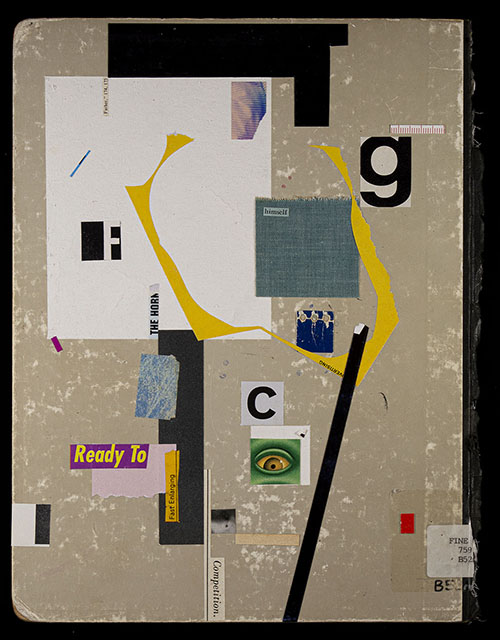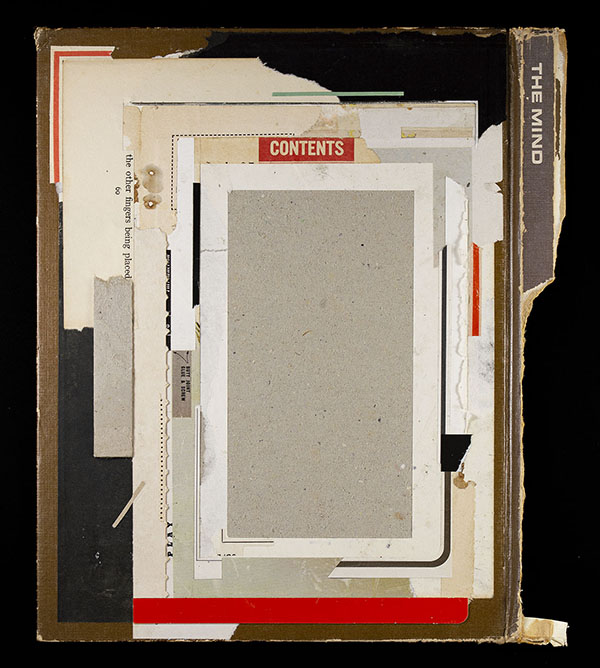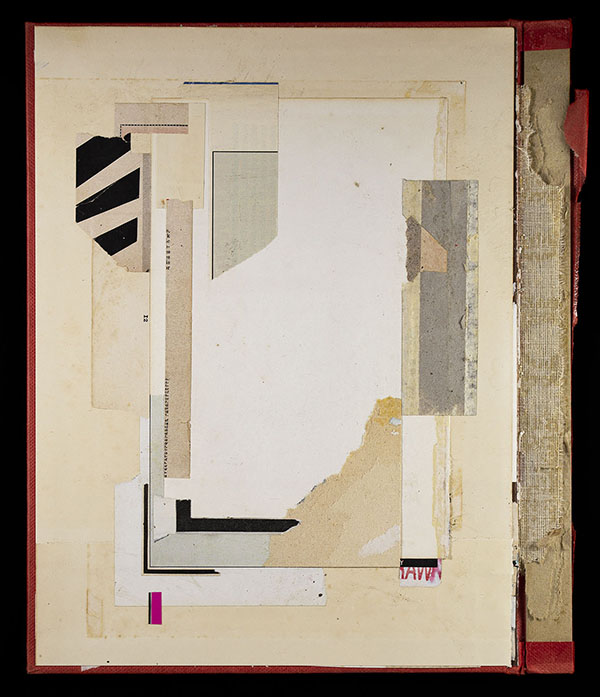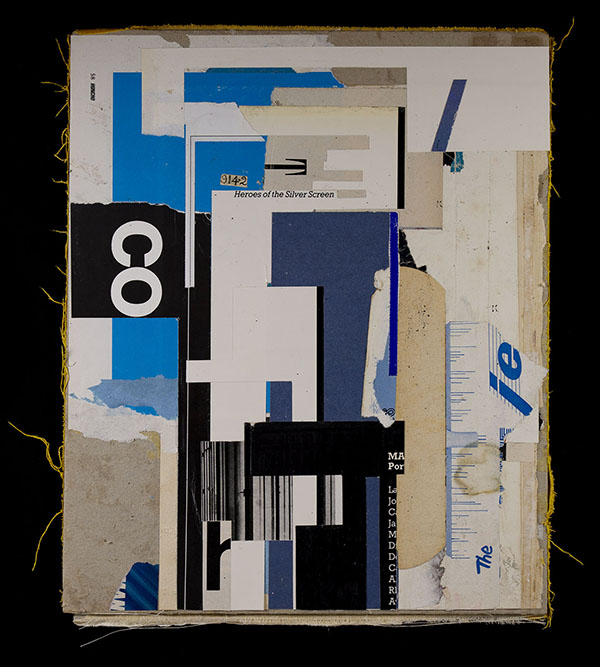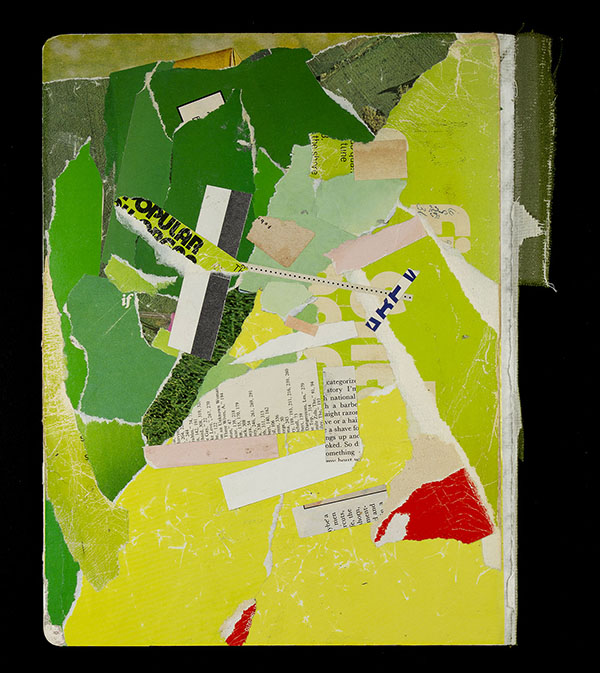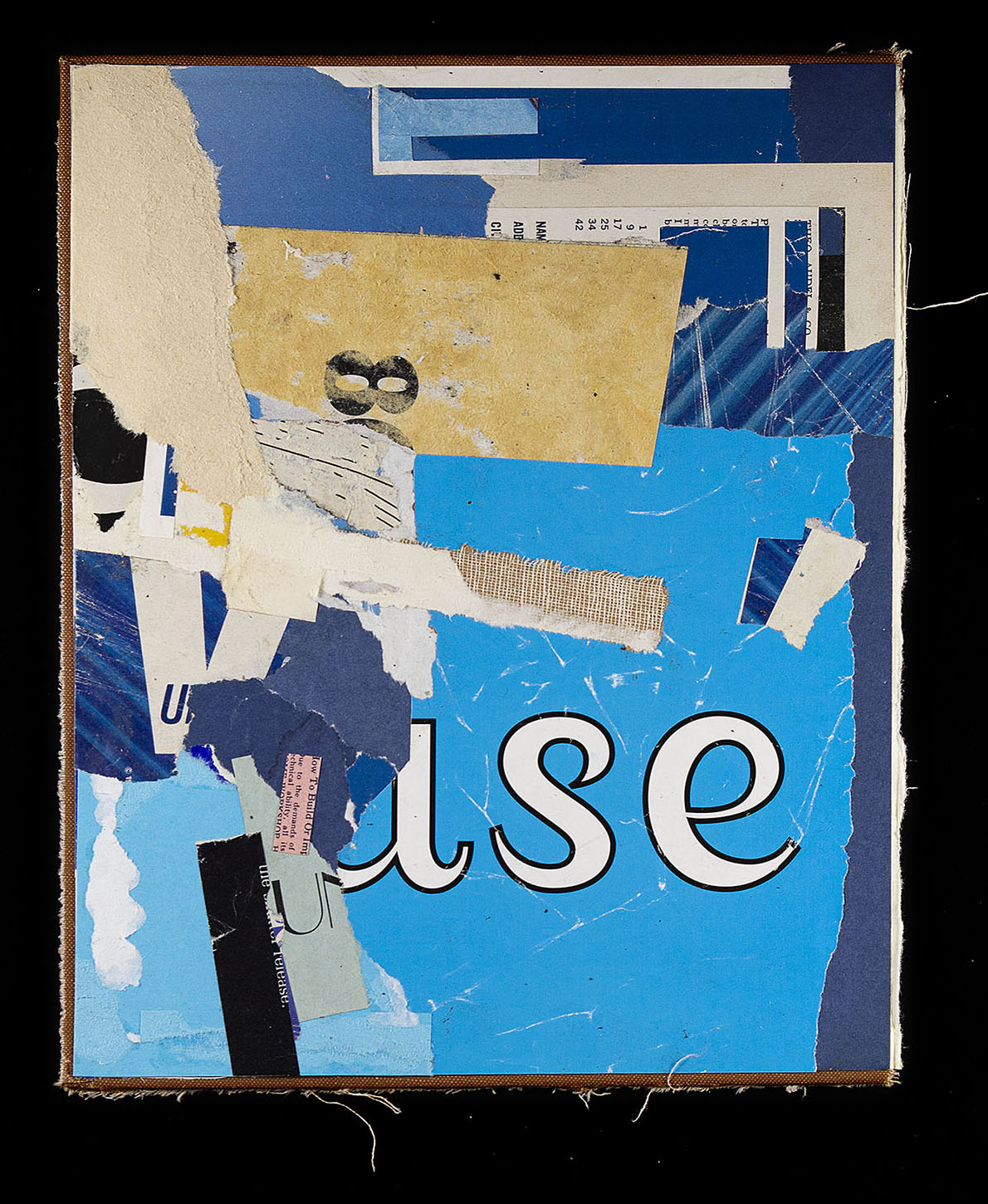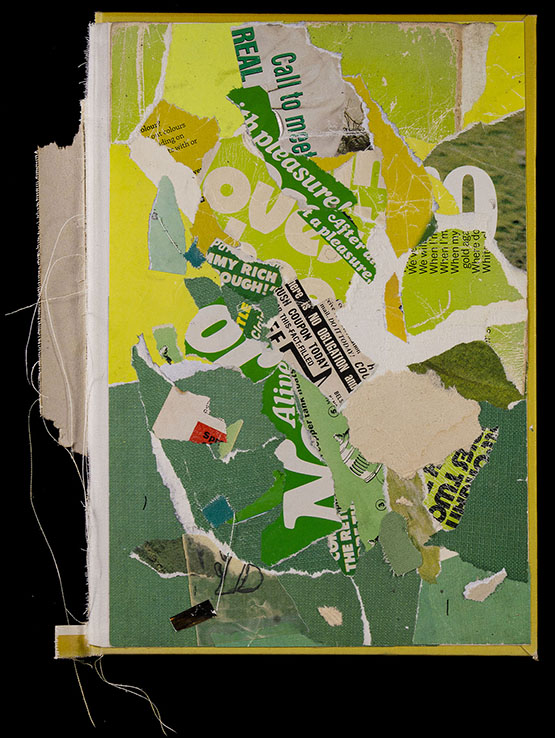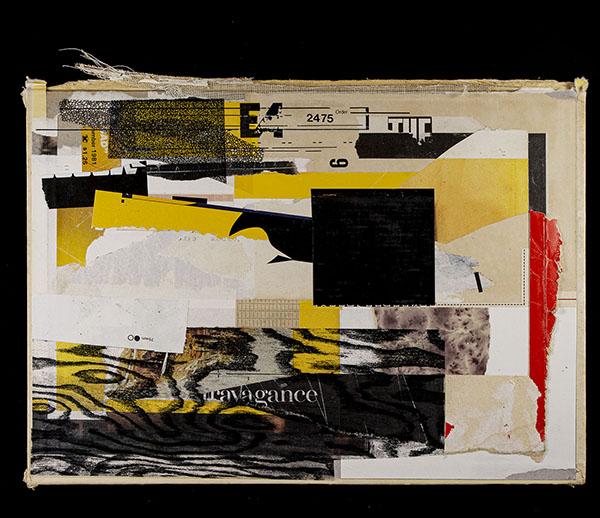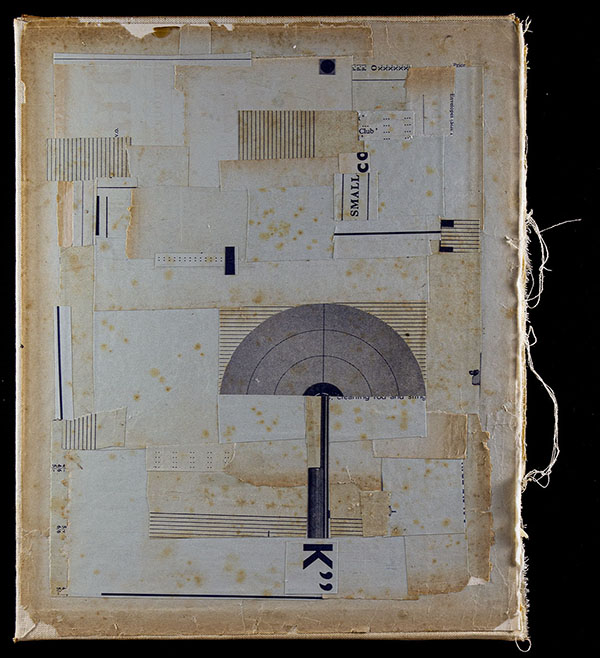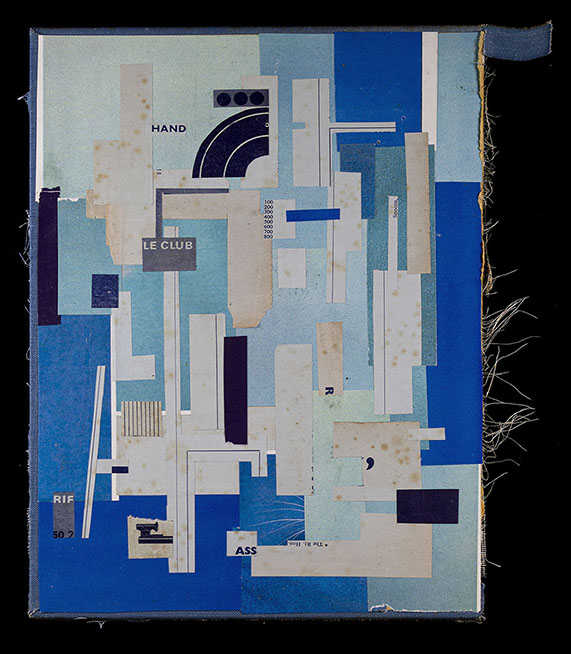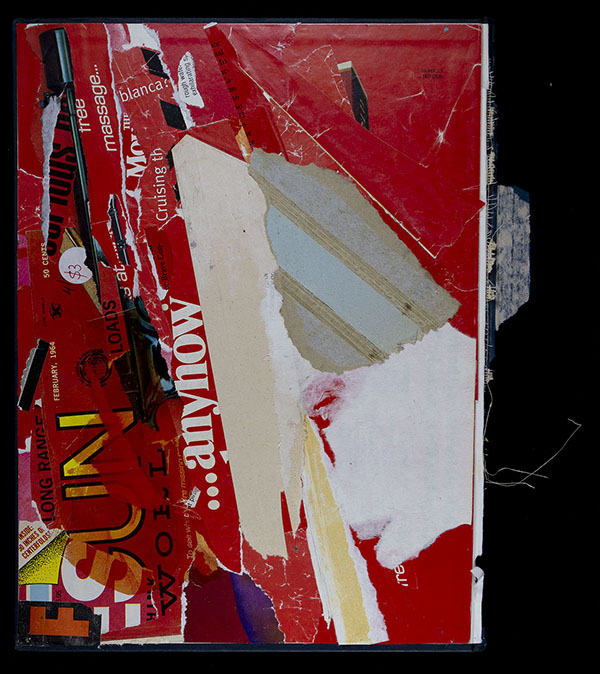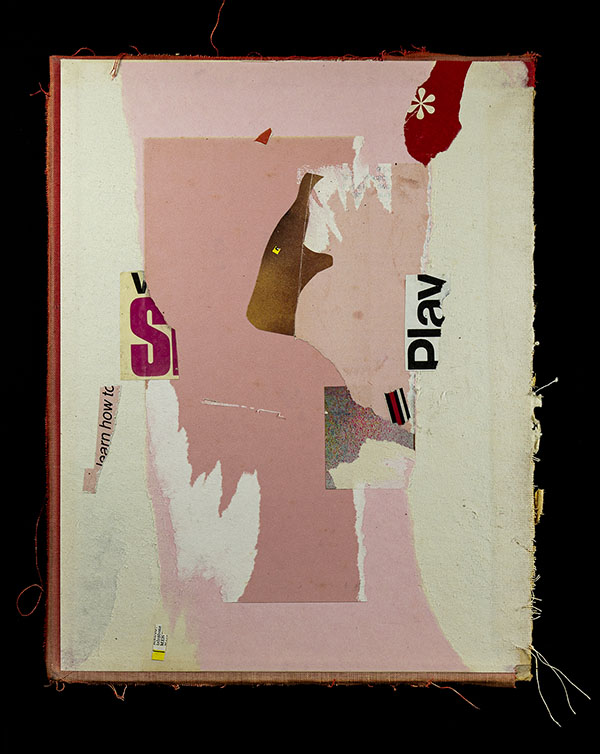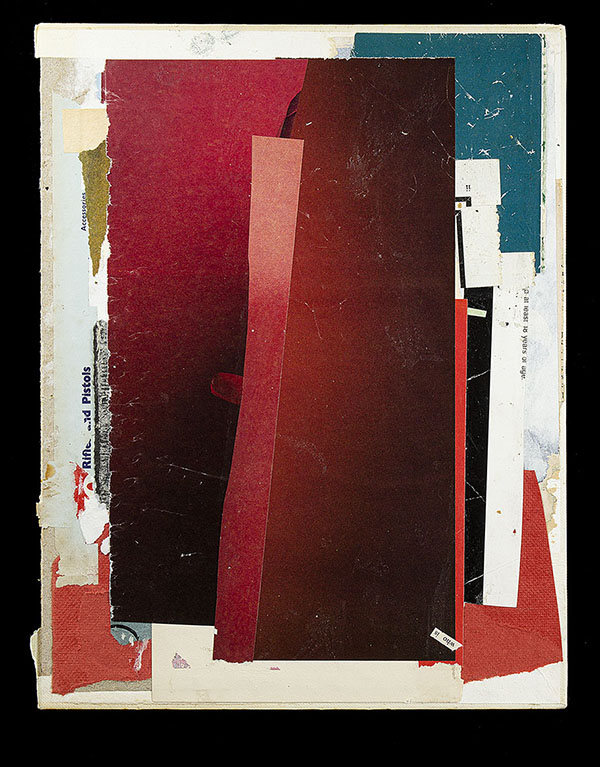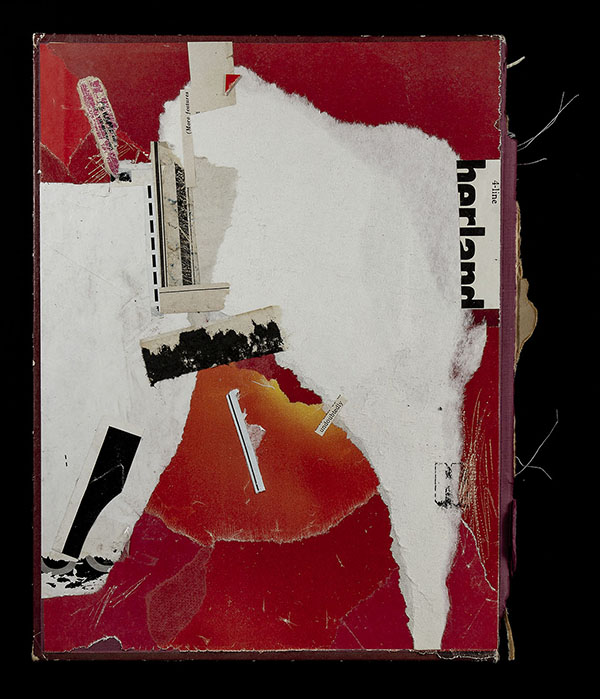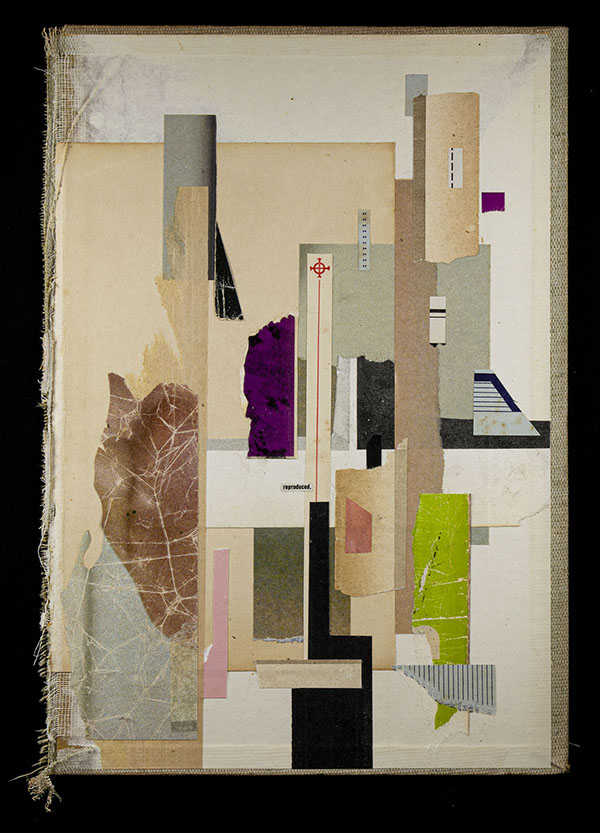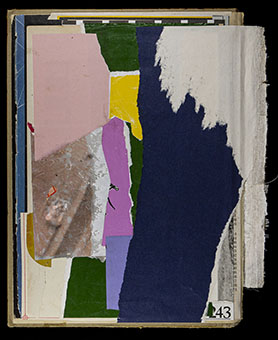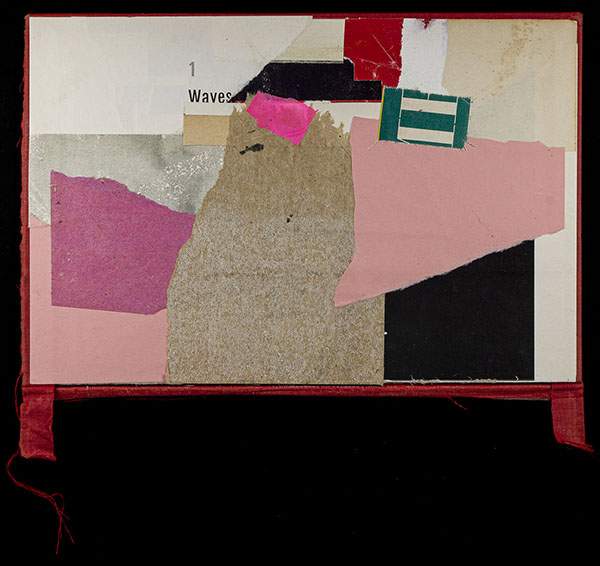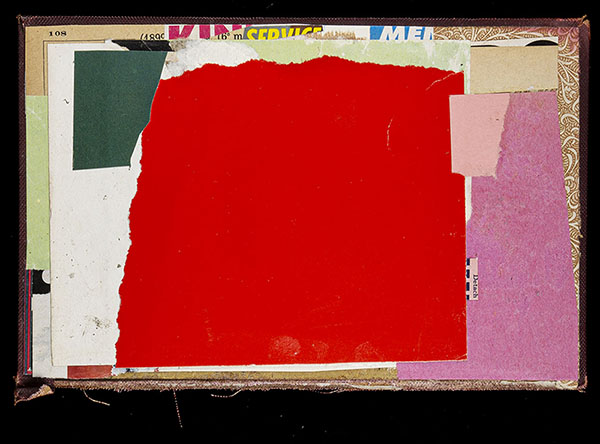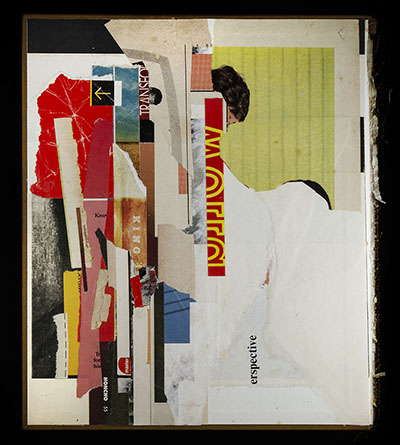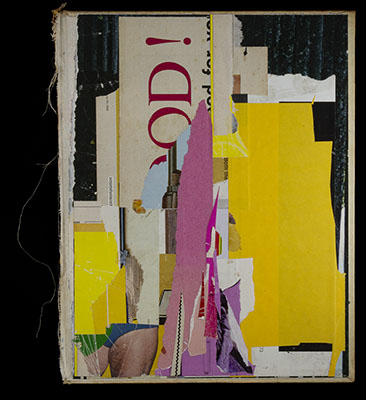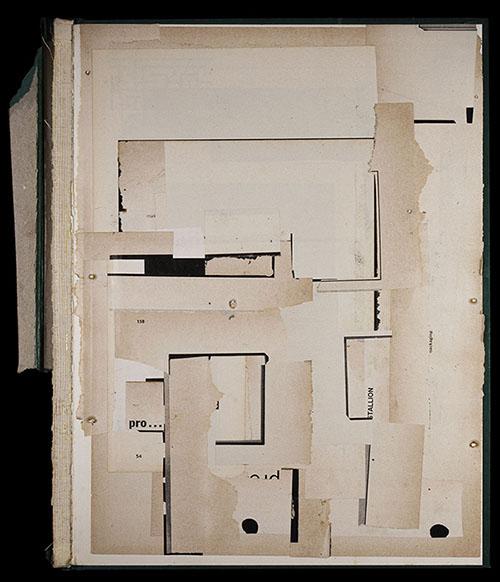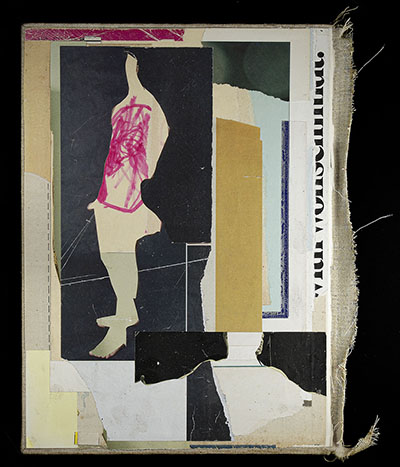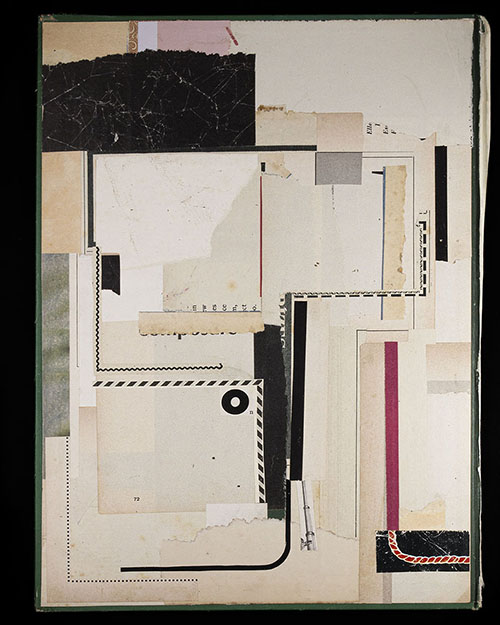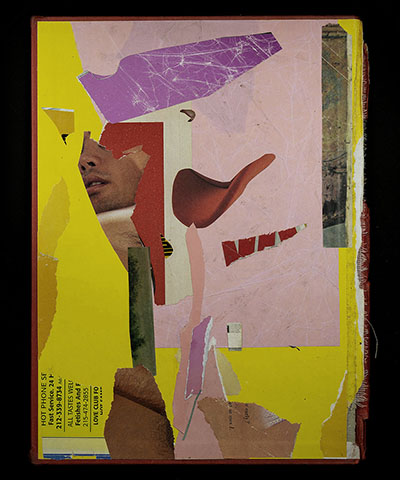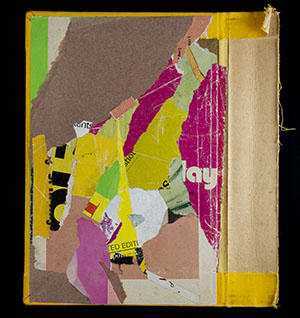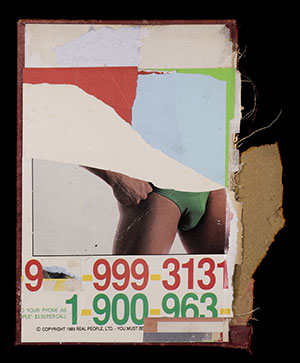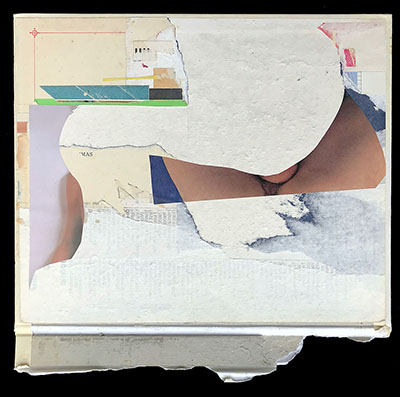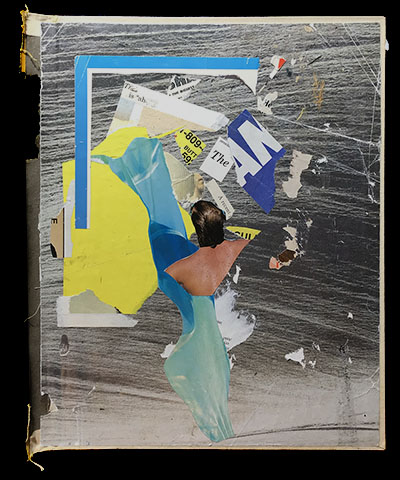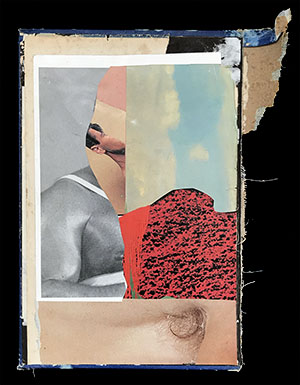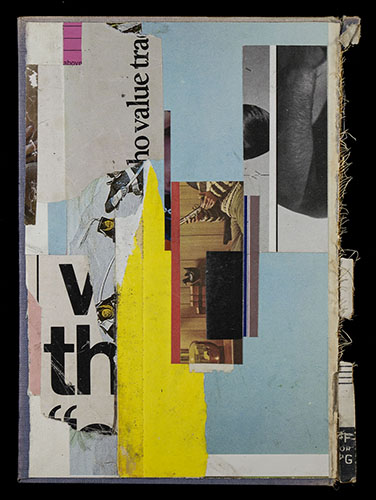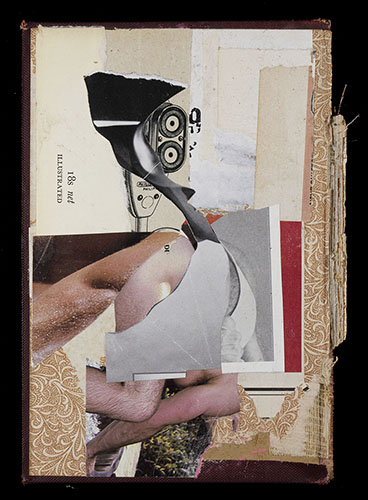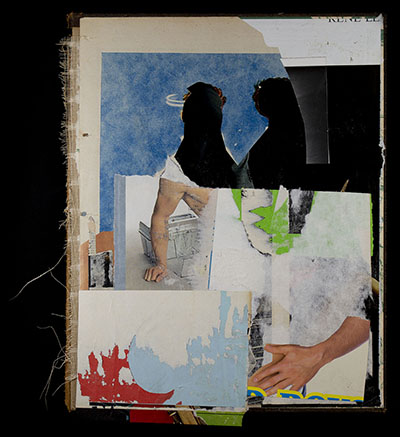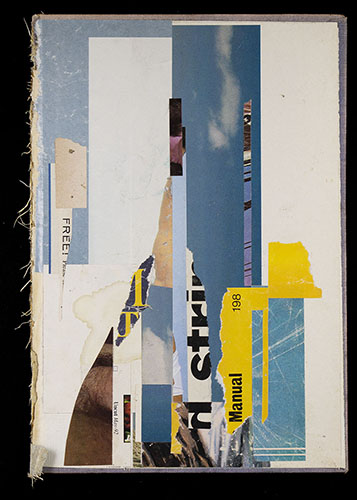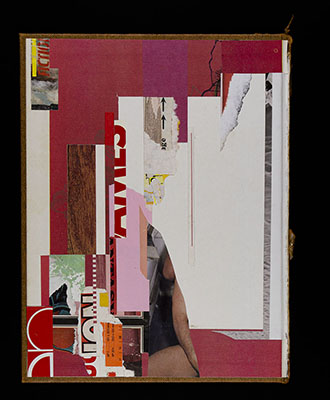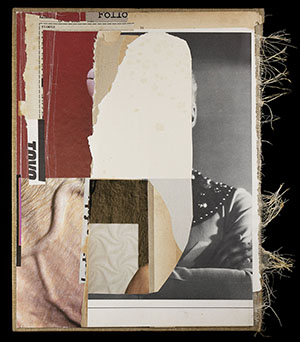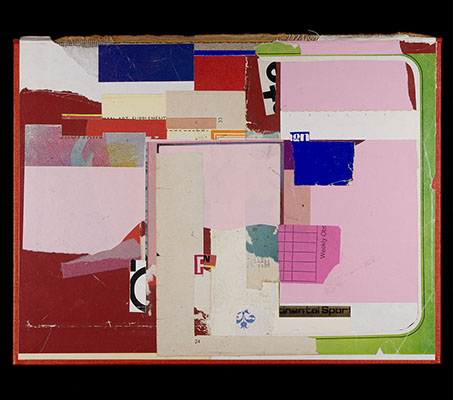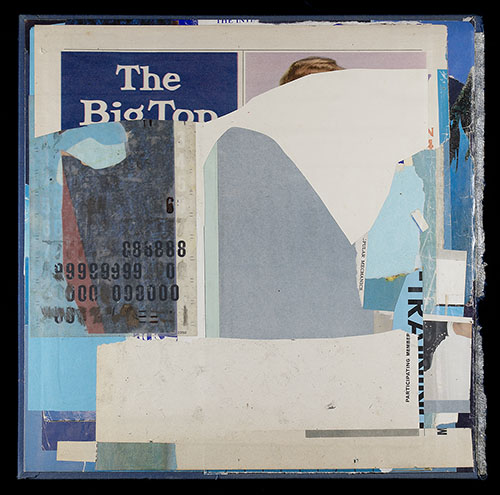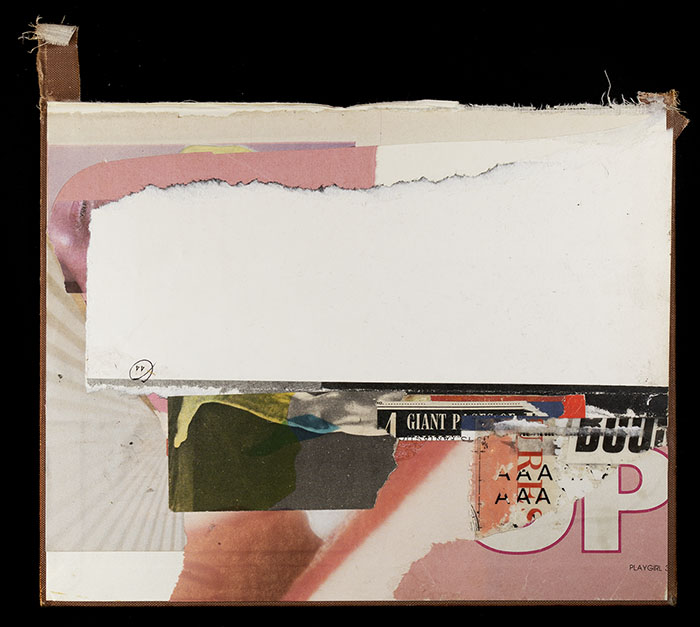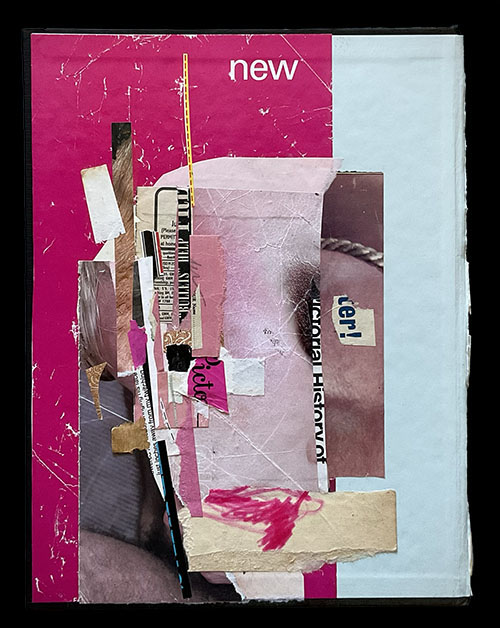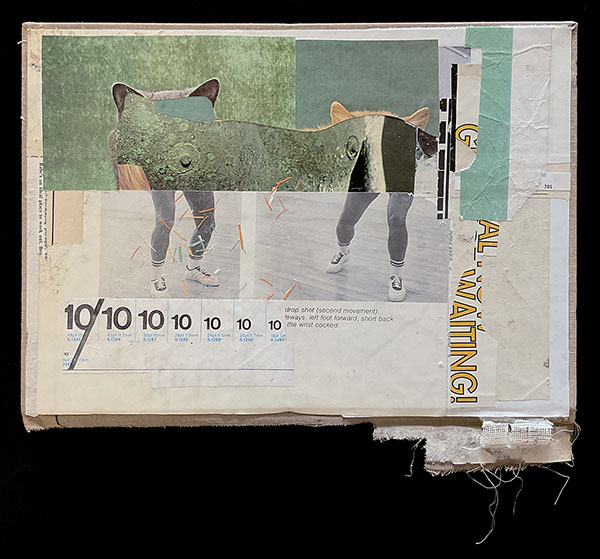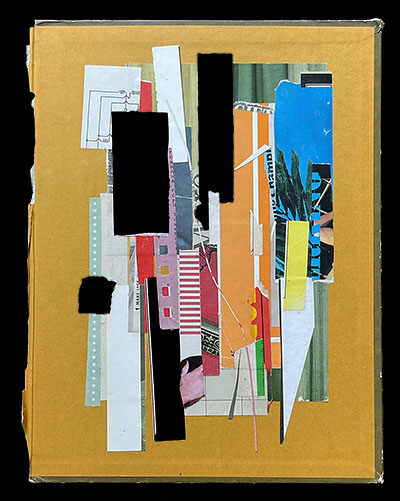HARD WORKING COVERS
ABOUT
BACKGROUND
I go through a lot of visual/representational/printed matter. I tear, cut, fold, rip, and glue together printed images of the masculine performance. What usually stays behind is a jumble of non-representational refuse: mainly titles and text, backgrounds, and graphic devices used in the layout of a printed page. These usually end up in the recycle bin.
During the first COVID-19 lockdown in Auckland, N.Z., I had limited access to my studio. My hoardings of books and magazines—apart from a few left behind in the car, were scarce. With limited material availability, I was compelled to shift my attention to the debris: the cuttings left behind.
The discarded pieces illustrated a gendered language: a male language; since the material I use is intended for that population! It endorsed size, muscle, meat, growing, competing, piercing, violence, and whatever else you might expect from the fiction, advertisement, and revealing pages of publications that promote ‘maleness’ like muscle or gun magazines, film annuals, wrestling, popular mechanics, sports, and particularly porn. As Auckland entered its second lockdown, this project crystallised into a series of collages on bookcovers—hard bookcovers.
The online aspect of the project is a means to fund the publishing of these collages—90 of them, in the form of 300 limited edition fold-out books, which will reveal not only the front of these works but also their back(side)—usually facing the wall and hidden away from sight.
Some of these books were donated, many reclaimed from opportunity shops, as they were withdrawn from public and university libraries. Almost all have their own stories imprinted on both sides of their covers: names, dates, signatures, stamps, etc. These reveal their origin, recount their lives, and confess to the stress and the strain they had to endure from readers, and of course myself! Resurrected, they’re now aching to go back into circulation in a new format.
I go through a lot of visual/representational/printed matter. I tear, cut, fold, rip, and glue together printed images of the masculine performance. What usually stays behind is a jumble of non-representational refuse: mainly titles and text, backgrounds, and graphic devices used in the layout of a printed page. These usually end up in the recycle bin.
During the first COVID-19 lockdown in Auckland, N.Z., I had limited access to my studio. My hoardings of books and magazines—apart from a few left behind in the car, were scarce. With limited material availability, I was compelled to shift my attention to the debris: the cuttings left behind.
The discarded pieces illustrated a gendered language: a male language; since the material I use is intended for that population! It endorsed size, muscle, meat, growing, competing, piercing, violence, and whatever else you might expect from the fiction, advertisement, and revealing pages of publications that promote ‘maleness’ like muscle or gun magazines, film annuals, wrestling, popular mechanics, sports, and particularly porn. As Auckland entered its second lockdown, this project crystallised into a series of collages on bookcovers—hard bookcovers.
The online aspect of the project is a means to fund the publishing of these collages—90 of them, in the form of 300 limited edition fold-out books, which will reveal not only the front of these works but also their back(side)—usually facing the wall and hidden away from sight.
Some of these books were donated, many reclaimed from opportunity shops, as they were withdrawn from public and university libraries. Almost all have their own stories imprinted on both sides of their covers: names, dates, signatures, stamps, etc. These reveal their origin, recount their lives, and confess to the stress and the strain they had to endure from readers, and of course myself! Resurrected, they’re now aching to go back into circulation in a new format.
These collages assemble, and at the same time, disassemble language and interpretation. Sourced through the refuse of printed culture—an invention of technology in itself, they attempt to reconstruct a materialist and visual culture—a culture consumed by attention and power. Direct and valueless in their own right—these collages re-bind to re-make. Their strategy—lying in their coherence and incoherence, focus on materiality, and try to scatter or reveal their embedded meaning. By incorporating words from a visual, optical discourse, these collages demand a reconsideration of text and meaning—they hint and complicate the textual decoding process. They try to make sense, and at the same time, unmake to confuse. Retaining some of their connotations, they manipulate in an age of post-truth, through the erasure of context. These collages re-configure meaning and reading, to re-count and re-present themselves, as they petition to re-enter the library shelves from which they are now excluded.
George Hajian – December 2020
︎ ︎
These collages are not offered for sale online anymore. The available ones will be up for sale in an upcoming exhibition at Grey Gallery around September 2024.
Collages
︎︎︎ These collages were offered for sale to fund the production and printing of 300 limited edition books which document these original handmade objects (front and back). You can read about the project here.
The collages were uploaded as they were created, [almost] chronologically—oldest to newest, at an approximate pace of three (or two) a week and posted simultaneously on my Instagram page.
———
The arrangement of the collages below does not reflect their real, relative sizes.
Please refer to the dimensions and availability of each, in their respective pages.
The collages were uploaded as they were created, [almost] chronologically—oldest to newest, at an approximate pace of three (or two) a week and posted simultaneously on my Instagram page.
———
The arrangement of the collages below does not reflect their real, relative sizes.
Please refer to the dimensions and availability of each, in their respective pages.
